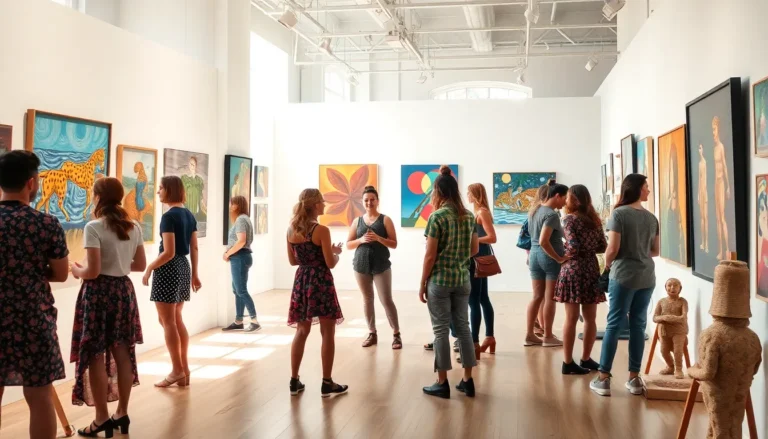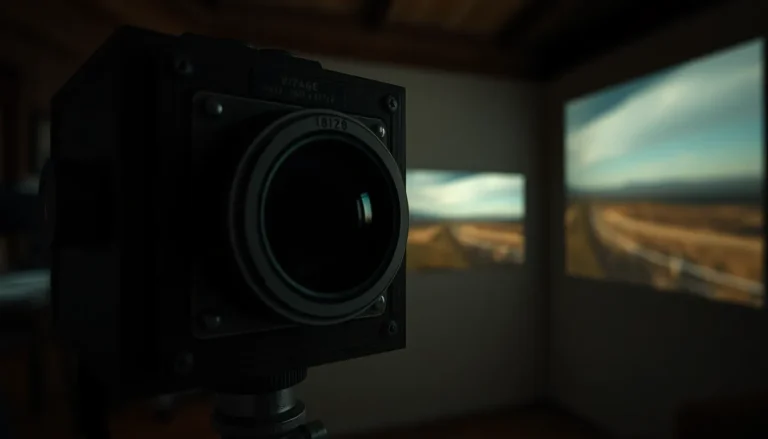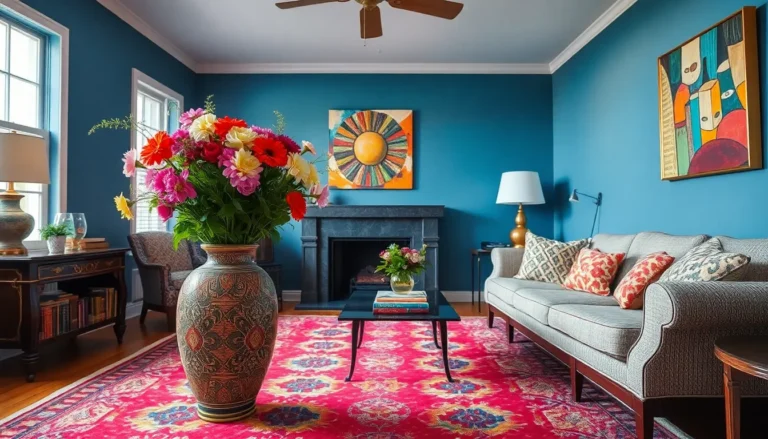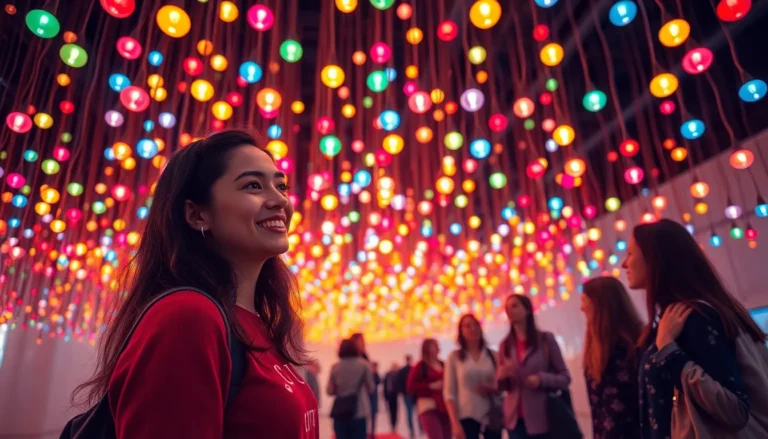Table of Contents
ToggleUrban landscape photography captures the heartbeat of a city, turning concrete jungles into stunning visual stories. It’s not just about snapping a picture; it’s about finding beauty in the chaos of bustling streets, towering skyscrapers, and hidden alleyways. Each shot reveals a unique perspective that can make even the most mundane scenes feel like a work of art.
Imagine wandering through a city, camera in hand, ready to transform everyday moments into captivating images. From the golden hour glow reflecting off glass buildings to the vibrant street art that tells a story, urban landscapes offer endless opportunities for creativity. So grab your camera and let’s dive into the world where architecture meets artistry, and every corner holds a potential masterpiece waiting to be discovered.
Understanding Urban Landscape Photography
Urban landscape photography captures the intricate beauty of city life. This genre emphasizes the relationship between architecture, nature, and human presence.
Definition and Scope
Urban landscape photography focuses on urban environments. It encompasses various elements like streets, buildings, and public spaces. Photographers highlight cultural and social aspects through their lenses. They explore structures against natural settings, revealing contrast and harmony. Street art and urban details add depth to the images. Every shot aims to tell a story, showcasing cities’ vibrancy and complexity.
Historical Context
The roots of urban landscape photography trace back to the 19th century. Early photography emphasized cities’ development alongside industrialization. Artists sought to document changing cityscapes as urbanization intensified. In the mid-20th century, modernism influenced this genre significantly. Photographers began experimenting with perspectives and compositions. This evolution showcased cities not just as backdrops but as integral to human experience. The genre continues to adapt, reflecting contemporary urban life.
Techniques in Urban Landscape Photography

Urban landscape photography thrives on the ability to combine elements into stunning visuals. This section examines essential techniques photographers use to capture the essence of city life.
Composition Tips
Leading lines enhance visual interest and guide the viewer’s eye through the frame. Photographers often use streets, railings, or architectural features to create dynamic paths. Framing subjects with surrounding elements offers context and depth, encouraging viewer engagement. Layering different elements, such as foreground subjects and distant backgrounds, adds complexity to images. Lastly, the rule of thirds can create balance; placing subjects off-center often results in a more compelling composition.
Utilizing Light and Shadows
Quality of light shapes the mood of urban images significantly. Golden hour, just after sunrise or before sunset, produces soft, warm tones and long shadows that add depth. Harsh midday light can create stark contrasts, emphasizing textures in buildings. Using reflections from glass surfaces offers opportunities for unique perspectives and visual intrigue. Shadows, when strategically placed, can evoke emotions and highlight architectural elements. Adjusting the exposure can help capture both bright areas and shadowy details, ensuring a well-rounded photograph.
Equipment for Urban Landscape Photography
Urban landscape photography requires specific equipment to capture the city’s beauty effectively. High-quality gear enhances the creative process and produces stunning visuals.
Recommended Cameras and Lenses
DSLR or mirrorless cameras often serve as the foundation for urban photography, providing versatility and image quality. Full-frame sensors deliver superior performance in low light, making them ideal for nighttime cityscapes. Wide-angle lenses, typically ranging from 16mm to 35mm, capture expansive views, allowing photographers to include more elements within the frame. Prime lenses can achieve remarkable sharpness and clarity, while zoom lenses offer flexibility for varied compositions. Photographers frequently prefer a mix of lenses to adapt to different scenes, focusing on perspectives that highlight architectural features and urban textures.
Accessories for Better Shots
Tripods stabilize cameras for long exposures and ensure sharp images, particularly in low-light conditions. Filters, including polarizing and neutral density filters, enhance color contrast and control light entry, improving overall image quality. A cable release or remote trigger enables photographers to capture moments without camera shake. Lens cleaning kits maintain clarity by removing dust and smudges, ensuring the best possible capture. Carrying a backpack or messenger bag provides protection and organization for equipment, making it easier to navigate urban environments while being prepared for spontaneous shooting opportunities.
Popular Urban Landscape Photography Locations
Urban landscape photography thrives in diverse settings that showcase a city’s unique character. Iconic locations and hidden gems serve as vibrant backdrops for photographers.
Iconic Urban Settings
Famous cities offer well-known landmarks perfect for stunning urban shots. New York City features the Empire State Building and Central Park, providing a mix of nature and architecture. Paris boasts the Eiffel Tower and the Louvre, offering a blend of history and modernity. Tokyo’s Shibuya Crossing, with its bustling crowds and neon lights, creates dynamic scenes. London showcases the Thames and iconic bridges, enhancing the visual story of city life. Each location highlights unique perspectives that can inspire creativity and artistic vision.
Hidden Gems to Discover
Exploring lesser-known spots reveals captivating urban photography opportunities. The High Line in New York City, a transformed elevated park, offers unique angles of the surrounding architecture. In Barcelona, El Born’s narrow alleys and local markets reveal vibrant street life and charm. Paris hides treasures like Rue Cremieux, a picturesque street bursting with color and character. Small neighborhoods often highlight street art and community murals, providing insights into local culture. Each hidden gem invites photographers to discover the unexpected beauty embedded within the urban landscape.
Urban landscape photography offers a unique lens through which to appreciate the beauty and complexity of city life. By embracing creativity and exploring various techniques photographers can transform ordinary scenes into extraordinary visual narratives. Each urban environment presents its own character and charm waiting to be captured.
With the right equipment and an understanding of composition and lighting, anyone can embark on this artistic journey. Whether it’s the glow of skyscrapers at dusk or the intricate details of a quiet alley, there’s always something new to discover. Urban landscapes not only reflect the human experience but also invite photographers to share their perspectives with the world.







